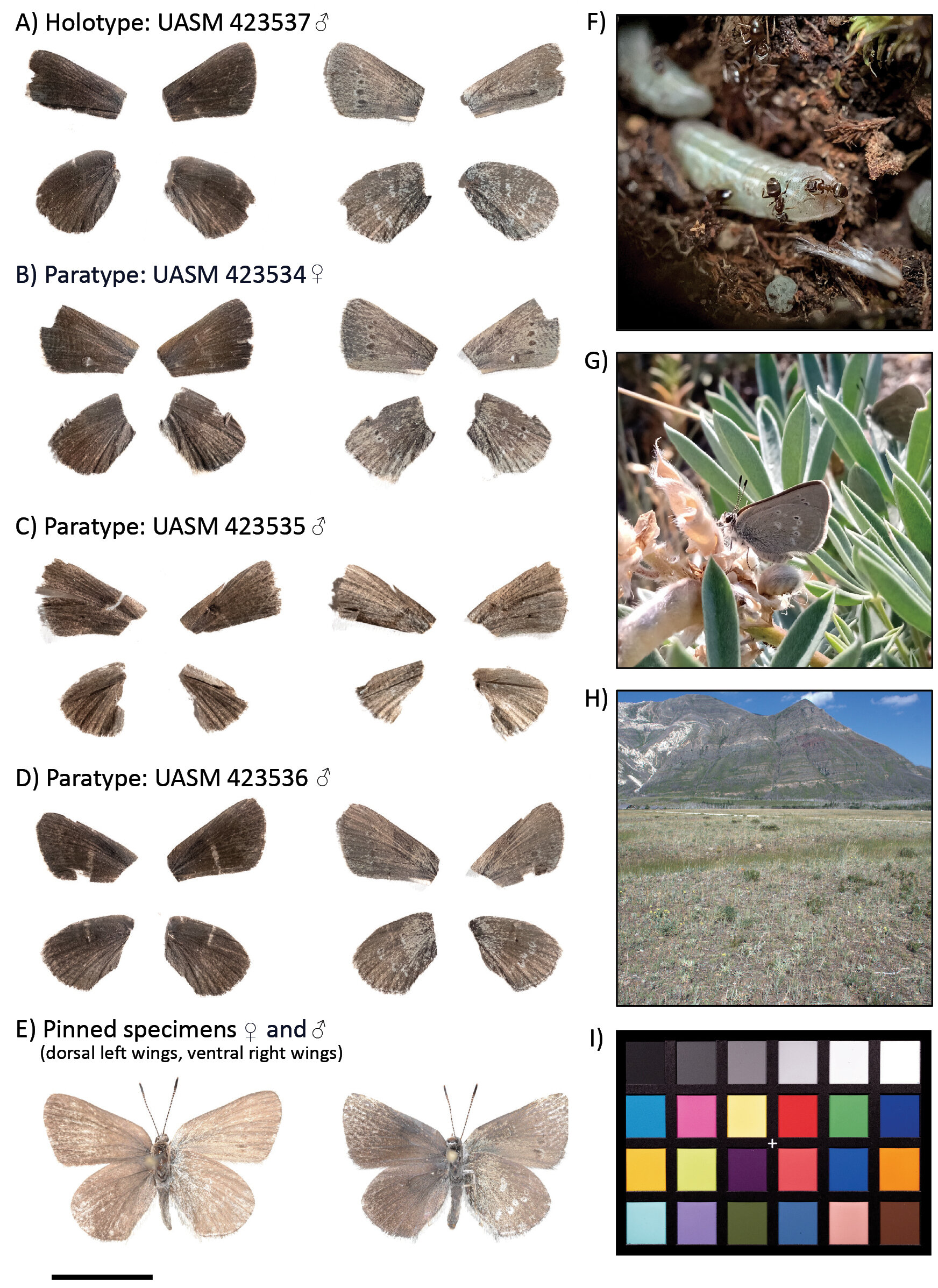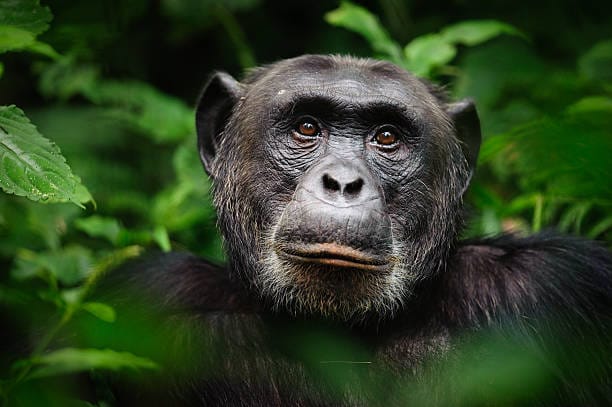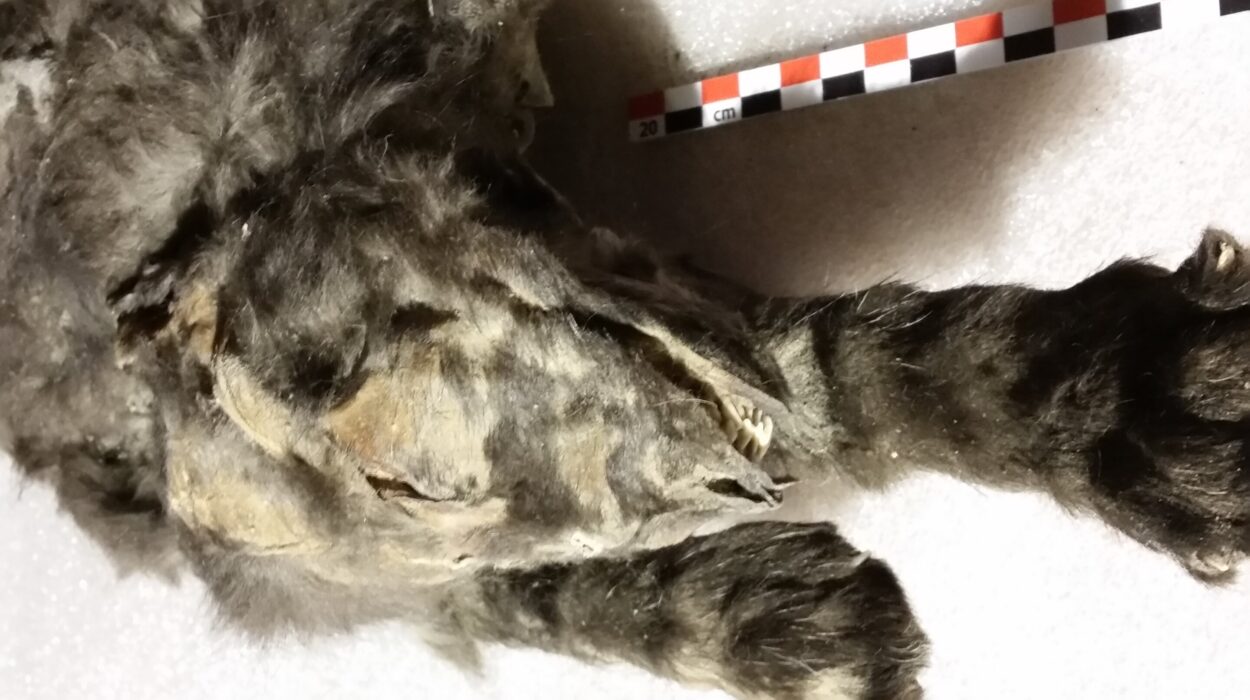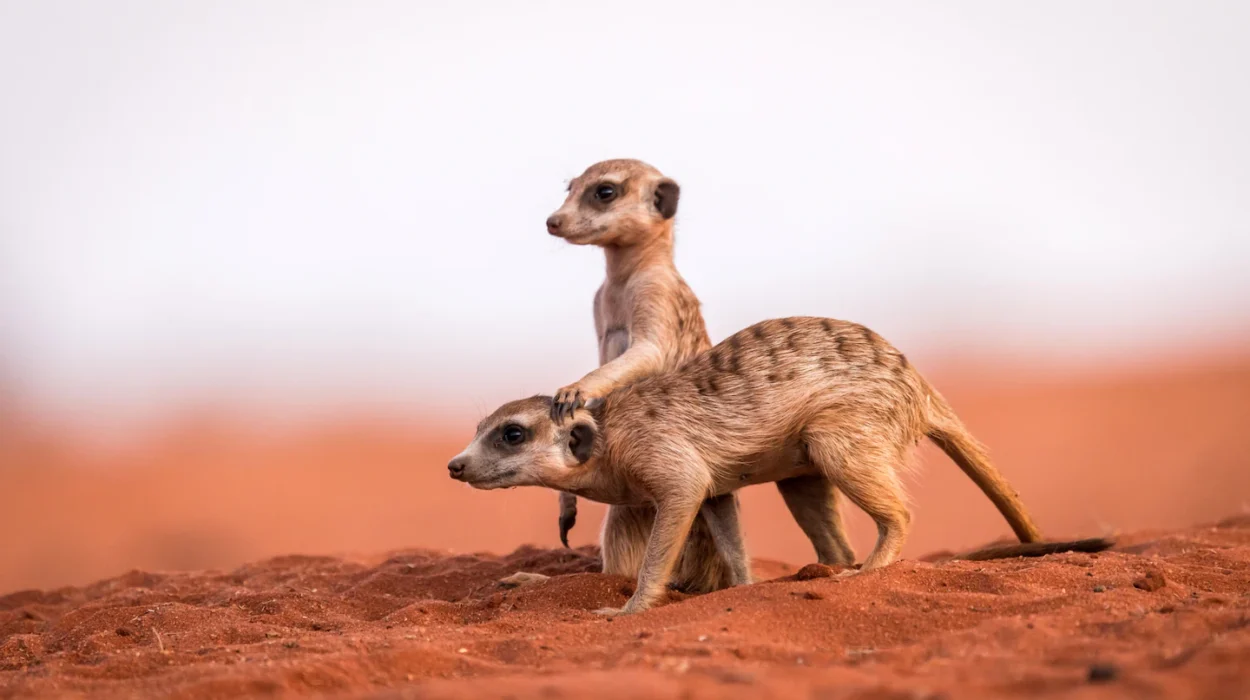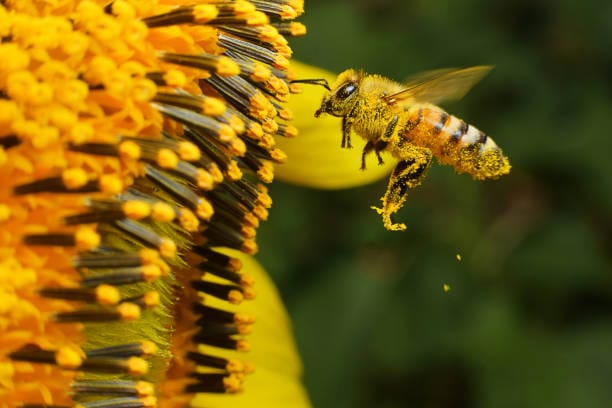In the high plains of Blakiston Fan in Waterton Lakes National Park, nestled in the rugged beauty of Alberta’s Rocky Mountains, an unassuming butterfly has fluttered through the alpine breeze for thousands of years—largely unnoticed, thoroughly misunderstood, and now, newly crowned as a distinct species. Meet Satyrium curiosolus, the Curiously Isolated Hairstreak, a delicate ambassador of evolutionary wonder, ecological resilience, and conservation urgency.
For decades, this butterfly was mistaken for its more common cousin, the Half-moon Hairstreak (Satyrium semiluna). At a glance, the differences seem subtle: brown upper wings, grayish brown undersides speckled with black spots, and a wingspan barely more than an inch. But beneath the surface, hidden in its genome and habitat, is a story of extraordinary divergence—a 40,000-year journey of isolation and survival in a world of shifting climates and changing ecosystems.
A Butterfly in Disguise: The Path to Discovery
The discovery of Satyrium curiosolus began not with a flash of color or a sudden field sighting, but in the slow, meticulous decoding of DNA. An international team of scientists, led by researchers from UCLA, the University of Kentucky, Parks Canada, and the Wilder Institute/Calgary Zoo, undertook whole-genome sequencing of what were once thought to be just remote populations of S. semiluna. What they found was astonishing.
This population, perched more than 400 kilometers away from its nearest relatives in British Columbia and Montana, wasn’t just geographically isolated—it was genetically unique. The team’s findings, published in ZooKeys, confirmed that Satyrium curiosolus has been on its own evolutionary track for tens of millennia. With shockingly low genetic diversity and signs of long-term inbreeding, the Blakiston Fan butterflies were not merely a local variant—they were a new species hiding in plain sight.
According to co-first author Dr. Zac MacDonald, a La Kretz postdoctoral researcher at UCLA, “Our genomic data show S. curiosolus has been a stable, independent lineage. Despite its small size and long isolation, it has persisted, likely purging harmful genetic mutations through gradual inbreeding, a process seen in species like the Channel Island Fox.”
This genetic fortitude may be what has allowed the species to quietly endure for thousands of years in an ecological microcosm of its own creation.
An Island of Grass in a Sea of Mountains
While other populations of Satyrium semiluna inhabit sagebrush steppes, the Curiously Isolated Hairstreak occupies a uniquely rich patch of prairie-grassland within the mountainous region of Waterton. The butterfly’s life is intricately tied to this environment—not only in geography but in its intimate ecological relationships.
Its larval host plant, the silvery lupine (Lupinus argenteus), is the only plant on which S. curiosolus lays eggs and raises its young. This is a major divergence from other S. semiluna populations, which do not utilize this lupine species at all. But that’s not where the surprises end.
Research led by James Glasier of the Wilder Institute/Calgary Zoo uncovered a remarkable partnership between S. curiosolus caterpillars and a specific species of ant: Lasius ponderosae. In one of nature’s tiny symbiotic dances, the caterpillars secrete a sweet honeydew, which the ants consume. In return, the ants act as vigilant bodyguards, defending the caterpillars from predators and parasites.
When the heat becomes too intense or danger looms, the caterpillars retreat into the ants’ underground galleries. Female butterflies even choose to lay their eggs right at the entrances to these colonies, indicating a deep and possibly co-evolved relationship. This level of mutualism has not been observed in S. semiluna, providing even more ecological evidence that S. curiosolus is something entirely different.
Why This Tiny Butterfly Matters
In an age of biodiversity loss and rapidly changing climates, the emergence of Satyrium curiosolus as a distinct species is a powerful reminder of how much remains hidden in our natural world—and how fragile such hidden gems can be.
Unlike widespread species with robust gene pools, S. curiosolus is highly vulnerable. Its low genetic diversity limits its ability to adapt to environmental change. As temperatures rise and ecosystems shift, the butterfly’s specialized lifestyle—its dependence on a single host plant, a particular ant species, and a unique habitat—could become its undoing.
This puts conservationists in a difficult position. One standard strategy, called “genetic rescue,” involves introducing individuals from other populations to boost diversity. But in this case, it might do more harm than good. Interbreeding with S. semiluna could lead to outbreeding depression—where offspring are less fit than either parent due to mismatched genetic or ecological traits. Worse, the two species may not be reproductively compatible at all.
That leaves Satyrium curiosolus on its own—a self-contained evolutionary experiment at risk of vanishing before we fully understand it.
A Genomic Revolution in Conservation
“This discovery exemplifies how genomics is revolutionizing both taxonomy and conservation biology,” says Dr. Julian Dupuis, co-first author and Assistant Professor of Entomology at the University of Kentucky. “Traditional methods that focus only on physical features might have missed this species entirely. But by integrating genomic and ecological data, we can reveal hidden diversity and act before it’s too late.”
The implications go far beyond one small butterfly. Satyrium curiosolus is a case study in the power of interdisciplinary science. Geneticists, ecologists, conservationists, and government agencies all came together to untangle this mystery. Their collaboration didn’t just name a new species—it also laid the groundwork for protecting it.
“This wouldn’t have been possible without the support and input of Parks Canada and the Wilder Institute/Calgary Zoo,” MacDonald adds. “When scientists and conservation managers work together, we can make real, tangible progress in understanding and safeguarding our planet’s most elusive species.”
What Comes Next: The Future of Satyrium curiosolus
Now that the butterfly has a name and an identity, the real work begins. Long-term monitoring is essential. How will climate change affect its food source? What happens if the ants disappear or the prairie dries out? Can we establish new populations in similar habitats to ensure its survival?
Researchers hope to answer these questions while expanding studies into its life cycle, behavior, and ecological networks. Meanwhile, outreach and public education are critical. This butterfly, though tiny and reclusive, could become a flagship species for micro-conservation: the protection of unique, isolated populations that are easily overlooked.
A Butterfly Worth Watching
The Curiously Isolated Hairstreak isn’t flashy. It doesn’t dominate ecosystems or dazzle with bright colors. But its story is profound. It tells us that evolution is an ongoing process, even in the most hidden corners of the world. It reminds us that small species can carry vast legacies of survival, adaptation, and co-dependence. And it challenges us to look closer—to wonder what else we’ve missed in the grass, in the dust, in the quiet flutter of wings at the edge of known science.
At its core, Satyrium curiosolus is a symbol. A symbol of nature’s complexity. A symbol of what we can achieve through collaboration. And most importantly, a symbol of what still waits to be discovered, protected, and understood.
In the shimmering silence of Waterton Lakes, the Curiously Isolated Hairstreak continues its age-old flight. And now, at last, we’re paying attention.
Reference: Zachary G. MacDonald et al, Genomic and ecological divergence support recognition of a new species of endangered Satyrium butterfly (Lepidoptera, Lycaenidae), ZooKeys (2025). DOI: 10.3897/zookeys.1234.143893
